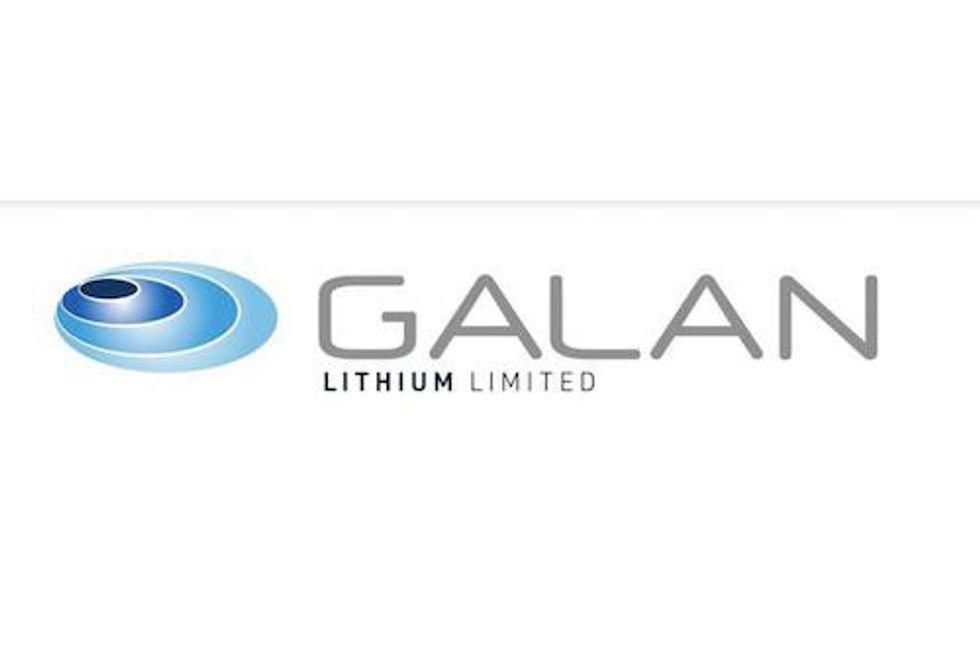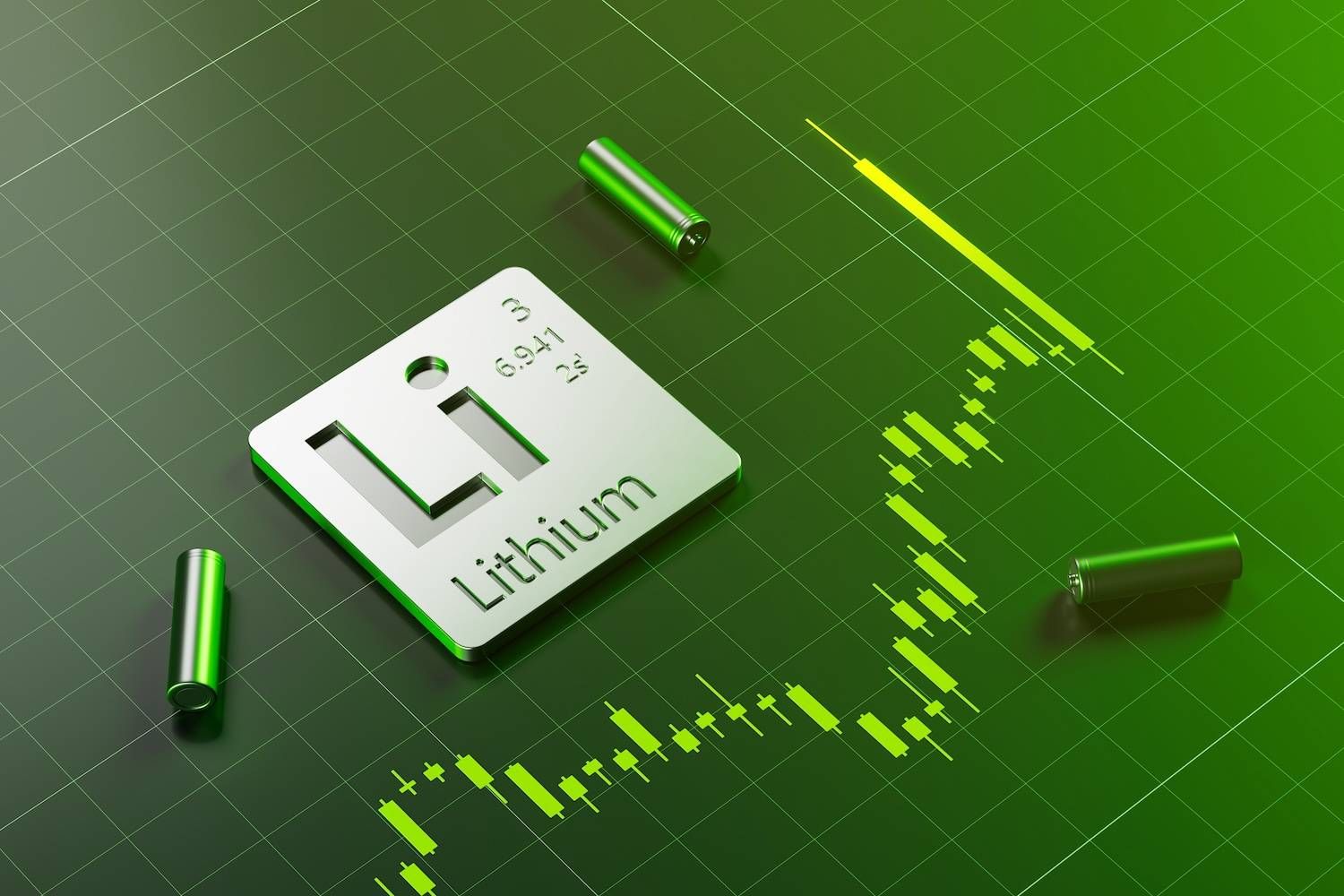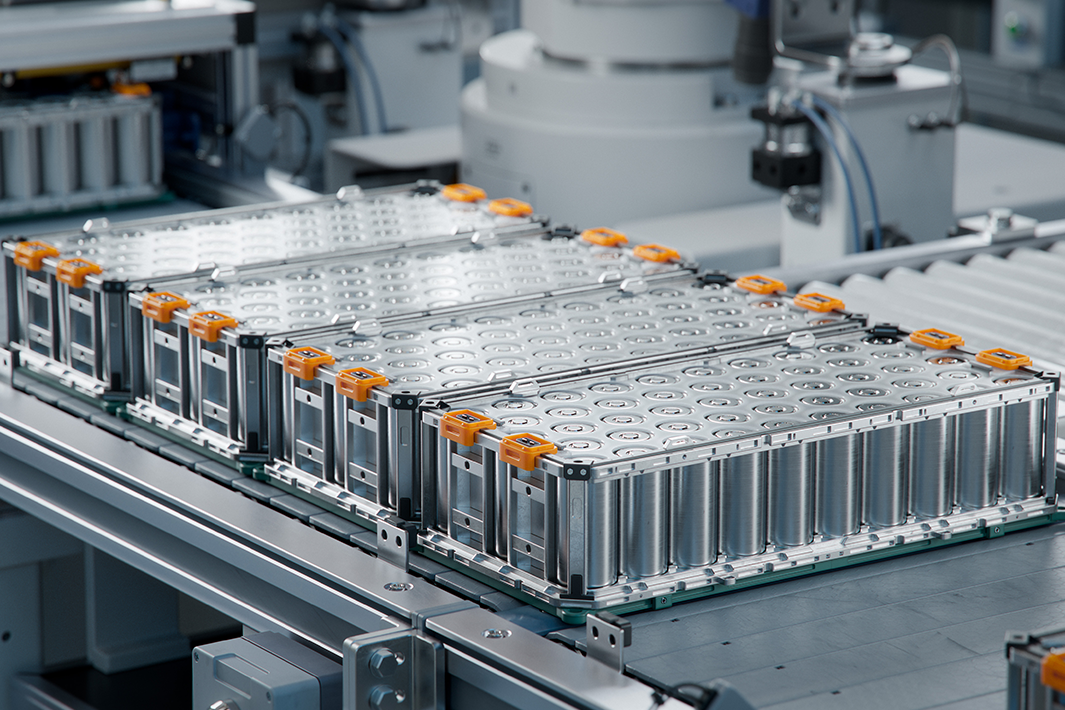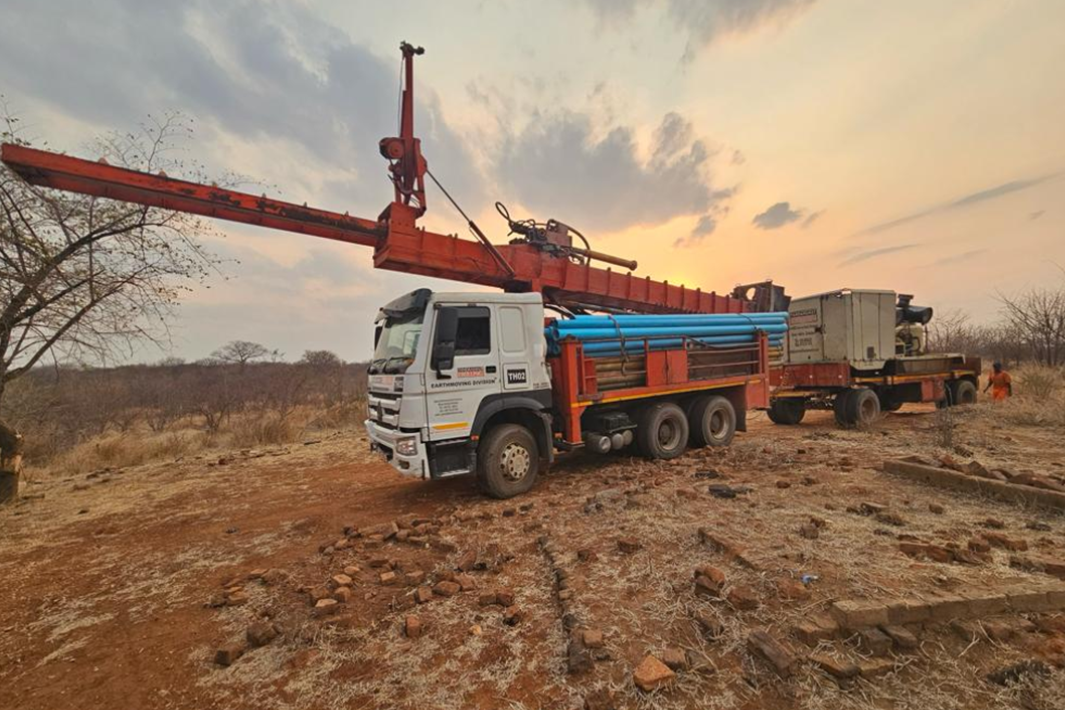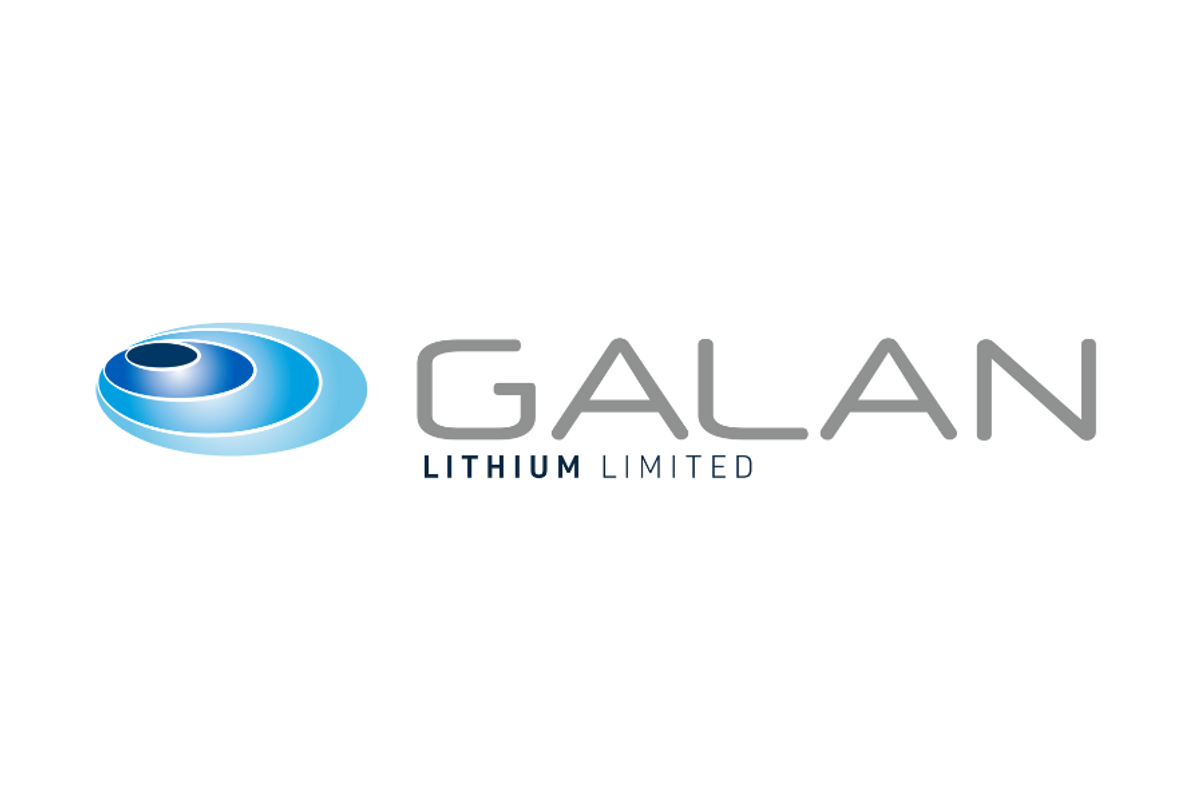
May 13, 2024
Galan Lithium Limited (ASX:GLN) (“Galan” or “the Company”) is pleased to announce that it has utilised the At-the-Market Subscription Agreement (“ATM”) with Acuity Capital (see announcement dated 12 April 2024) to raise $2,250,000 (inclusive of costs) through the set-off of 7,950,000 Galan collateral shares previously issued to Acuity Capital under the ATM (“Set-off Shares”).
The Set-off Shares reduce the 15,000,000 Galan collateral shares that Acuity Capital is otherwise required to return to the Company upon termination or maturity of the ATM.
The Set-off Shares have a deemed price of $0.283 per share, being a 5.7% discount to the last close price of $0.30 on 14 May 2024.
The funds raised will be put towards the further development of the Hombre Muerto West lithium brine project in Argentina and working capital.
Click here for the full ASX Release
This article includes content from Galan Lithium, licensed for the purpose of publishing on Investing News Australia. This article does not constitute financial product advice. It is your responsibility to perform proper due diligence before acting upon any information provided here. Please refer to our full disclaimer here.
GLN:AU
The Conversation (0)
20 April
Galan Lithium
Developing high-grade lithium brine projects in Argentina
Developing high-grade lithium brine projects in Argentina Keep Reading...
25 August
Galan Lithium Limited: SUCCESSFUL DUE DILIGENCE COMPLETED - $20M PLACEMENT TO PROCEED
Highlights: All conditions in relation to the $20 million placement to Clean Elements Fund have been satisfied. Due diligence undertaken by Clean Elements Fund validates the standing of Hombre Muerto West ( HMW ) as a world class lithium project, offering exceptional scale and grade. Galan is... Keep Reading...
24 August
Successful Due Diligence Ends - $20M Placement To Proceed
Galan Lithium (GLN:AU) has announced Successful Due Diligence Ends - $20m Placement To ProceedDownload the PDF here. Keep Reading...
01 August
Final At-The-Market Raise for 2025
Galan Lithium (GLN:AU) has announced Final At-The-Market Raise for 2025Download the PDF here. Keep Reading...
30 July
Quarterly Activities and Cash Flow Report
Galan Lithium (GLN:AU) has announced Quarterly Activities and Cash Flow ReportDownload the PDF here. Keep Reading...
28 July
Galan Lithium Limited: Incentive Regime for HMW Project in Argentina
Galan Lithium Limited (ASX: GLN,OTC:GLNLF) (" Galan " or " the Company ") is pleased to advise that the Comite Evaluador de Proyectos RIGI, responsible for awarding the Argentine Government's Régimen de Incentivo para Grandes Inversiones (the incentive regime for large-scale investments referred... Keep Reading...
24 December
Altius Minerals to Expand Portfolio with C$520 Million Lithium Royalty Deal
Altius Minerals (TSX:ALS,OTCQX:ATUSF) is making a bet on a lithium market recovery, agreeing to acquire Lithium Royalty (TSX:LIRC) in a C$520 million deal that will expand its exposure to battery metals.Under a definitive agreement announced by the two companies on Monday (December 22), Altius... Keep Reading...
23 December
Liontown's First Tjiwarl Member Completes Apprenticeship at Kathleen Valley
Liontown (ASX:LTR,OTC Pink:LINRF) has reached a milestone at its Kathleen Valley operations, with Vaughan Harris becoming the first Tjiwarl community member to complete an apprenticeship with the company.“Being the first Tjiwarl apprentice to complete an apprenticeship here at Liontown feels... Keep Reading...
22 December
Lithium Market 2025 Year-End Review
The global lithium market endured a bruising 2025, with persistent oversupply and softer-than-expected electric vehicle (EV) demand driving prices for the battery metal to multi-year lows.Lithium carbonate prices in North Asia slipped below US$9,550 per metric ton in February — their weakest... Keep Reading...
11 December
Mining the Gap: 5 Forces Shaping North America’s Lithium Supply Chain
A convergence of industry investments, government initiatives and a shifting global trade dynamic is creating an environment ripe for the development of a North American battery supply chain, with lithium playing a leading role. These trends are reshaping the region’s industrial base and opening... Keep Reading...
10 December
Rock Bottom: Strategic Window for Ground-level Lithium Investment
When lithium prices hit bottom, savvy investors know that’s exactly where the next big discovery begins — literally. Beneath the surface of global markets and remote exploration grounds, new opportunities are forming in the wake of a sharp price reset and renewed geopolitical urgency.Recent... Keep Reading...
10 December
Liontown Resources Pens Lithium Offtake Agreement with China's Canmax
Liontown Resources (ASX:LTR,OTC Pink:LINRF) has executed a binding offtake agreement with Chinese conglomerate Canmax Technologies (SZSE:300390) as part of its strategy to diversify its customer base.“Listed on the Shenzhen Stock Exchange, Canmax is one of the world’s leading manufacturers of... Keep Reading...
Latest News
Interactive Chart
Latest Press Releases
Steadright Grants Stock Options
24 December
Silverco Confirms No Material Change
24 December
Related News
TOP STOCKS
American Battery4.030.24
Aion Therapeutic0.10-0.01
Cybin Corp2.140.00
